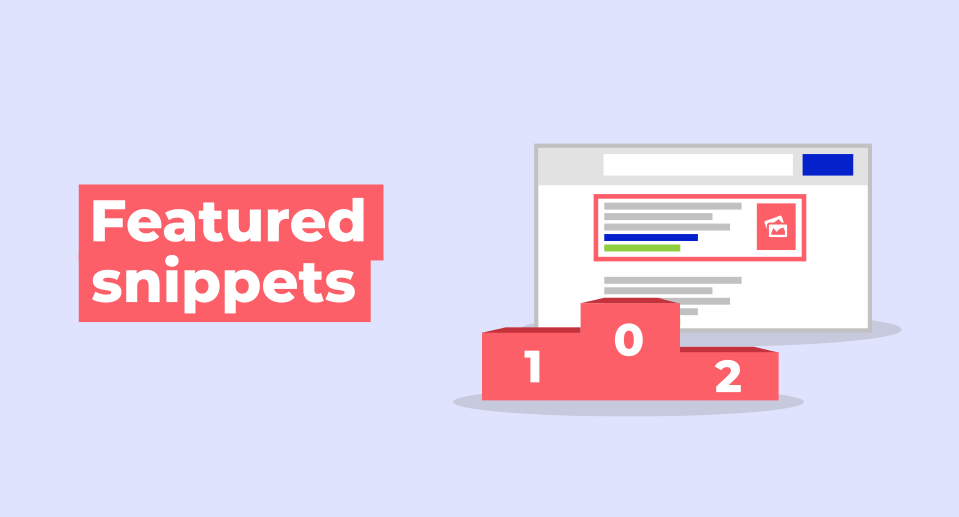———–
“Why are those folks outranking me in Google’s local pack?”
If you or a client is asking this question, the answer lies in competitive analysis. You’ve got to stack Business A up against Business B to identify the strengths and weaknesses of both competitors, and then make an educated guess as to which factors Google is weighting most in the results for a specific search term.
Today, I’d like to share a real-world example of a random competitive audit, including a chart that depicts which factors I’ve investigated and explanatory tips and tools for how I came up with the numbers and facts. Also included: a downloadable version of the spreadsheet that you can use for your own company or clients. Your goal with this audit is to identify exactly how one player is winning the game so that you can create a to-do list for any company trying to move up in the rankings. Alternatively, some competitive audits can be defensive, identifying a dominant player’s weaknesses so that they can be corrected to ensure continued high rankings.
It’s my hope that seeing this audit in action will help you better answer the question of why “this person is outranking that person,” and that you may share with our community some analytical tips of your own!
The scenario:

Search term: Chinese Restaurant San Rafael
Statistics about San Rafael: A large town of approximately 22 square miles in the San Francisco Bay Area with a population of 58,954 and 15+ Chinese restaurants.
Consistency of results: From 20 miles away to 2000+ miles away, Ping’s Chinese Cuisine outranks Yet Wah Restaurant in Google’s local pack for the search term. We don’t look closer than 20 miles, or proximity of the searcher creates too much diversity.
The challenge: Why is Ping’s Chinese Cuisine outranking Yet Wah Restaurant in Google’s Local Pack for the search term?
Takeaways from the comparison chart
Yet Wah significantly outranks Ping’s in the organic results, but is being beaten by them in the Local Pack. Looking at the organic factors, we see evidence that, despite the fact that Ping’s has greater DA, greater PA of the GMB landing page, more links, and stronger links, they are not outranking Yet Wah organically. This is something of a surprise that leads us to look at their content and on-page SEO.
While Ping’s has slightly better text content on their website, they have almost done almost zero optimization work, their URLs have canonical issues, and their robots.txt isn’t properly configured. Yet Wah has almost no on-site content, but they have modestly optimized their title tags, implemented H tags and some schema, and their site passes Google’s mobile-friendly test.
So, our theory regarding Yet Wah’s superior organic ranking is that, in this particular case, Yet Wah’s moderate efforts with on-page SEO have managed to beat out Ping’s superior DA/PA/link metrics. Yet Wah’s website is also a couple of years older than Ping’s.
All that being said, Yet Wah’s organic win is failing to translate into a local win for them. How can we explain Ping’s local win? Ping’s has a slightly higher overall review rating, higher DA and GMB landing page PA, more total links, and higher authority links. They also have slightly more text content on their website, even if it’s not optimized.
So, our theory regarding Ping’s superior local rank is that, in this particular case, website authority/links appear to be winning the day for Ping’s. And the basic website text they have could possibly be contributing, despite lack of optimization.
In sum, basic on-page SEO appears to be contributing to Yet Wah’s organic win, while DA/PA/links appear to be contributing to Ping’s local win.














